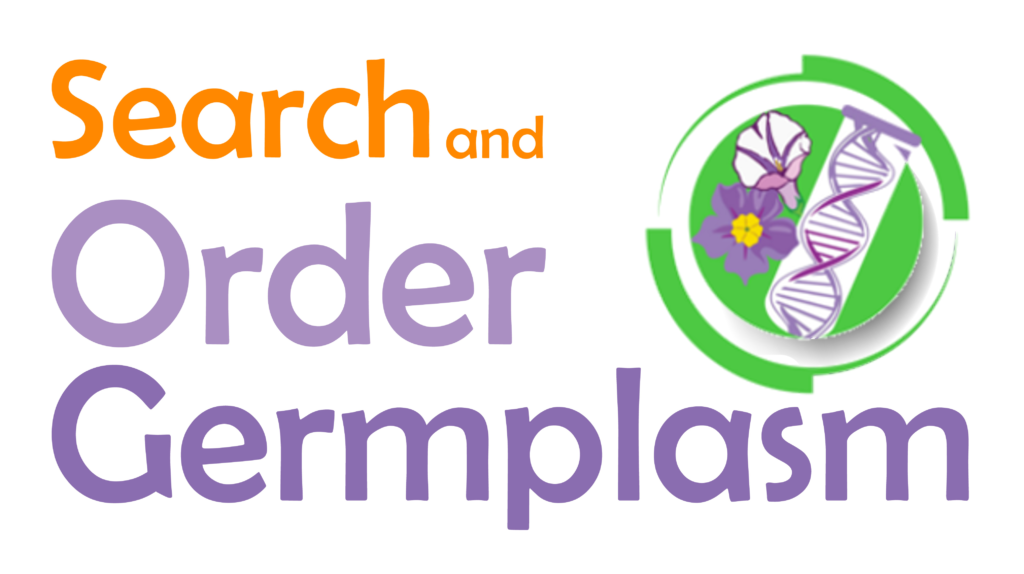Wild Relatives of Potato
Potato is one of the main crops for world food security and as essential part of the culture and the familiar economies for Andean farmers. Since many of the wild potato relatives grow and survive in extreme climatic conditions and under constant attack by pests and diseases, their genetic material keep a high potential for abiotic resistance and frost and drought tolerance. The use of wild relatives in potato breeding could provide countless genes for novel traits, tolerant and resistances not found in commercial cultivars. Our main goal as genebank is to conserve, characterized and screen the accessions to increase the accessibility of wild species to the scientific community to expand their potential use of the traits maintained in the wild potatoes.
The CIP genebank maintain one of the biggest collections of wild potato species populations under long term storage as botanic seed. The collection consists of more than 2500 accessions and represent 140 species classified within the Solanum genus Petota section Solanaceae family, based on Hawkes,1990 and Spooner et al., 2004. The geographical range of wild potato species is highly varied and are natural distributed around 16 countries of America: Mexico, United States from North America; Costa Rica, Guatemala, Honduras, Panama from Central America; and Argentina, Bolivia, Brazil, Chile, Colombia, Ecuador, Paraguay, Peru, Uruguay and Venezuela from South America. The centers of origin and diversity of the potato are located in the Andes Mountains of South America, considering the Collao plateau, the watershed basin of Titicaca Lake, corresponding to the territories of Peru and Bolivia as the primary center of origin and diversity. Other secondary centers of diversity are between southern Bolivia and northern Argentina; to the north we consider the knot of Pasco in Peru; the knot of Loja in Ecuador and Peru; volcanic complex of Chimborazo, Tungurahua and Cotopaxi in Ecuador and the Pasto knot in Colombia; The scope of these geographical areas implies the relationship of the potato with the prehistoric human groups and the cultures that based their development on potato cultivation, remaining until the present in the populations of the Andean World.


